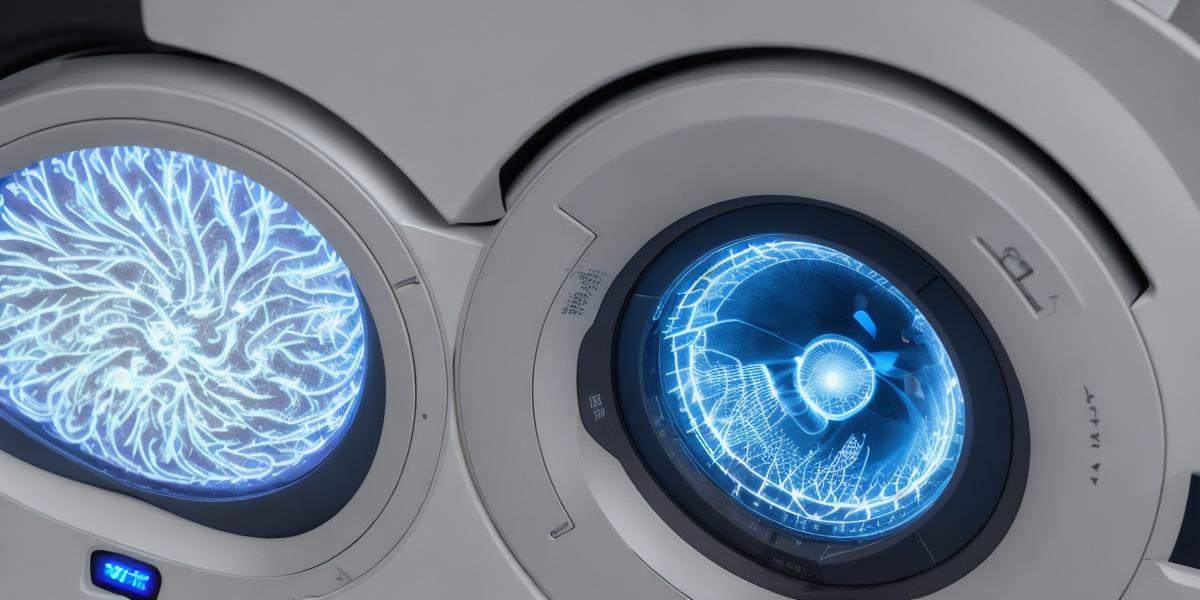Virtual Reality (VR) has been a game-changer in various industries, from gaming to healthcare. But what exactly does VR do to our brains? In this article, we will delve into the science behind VR’s effects on the brain and explore its applications in fields such as education, therapy, and entertainment.
When it comes to VR’s impact on the brain, research shows that it can significantly affect various aspects of cognition, perception, and behavior. For instance, a study conducted by UC Irvine found that participants who experienced a virtual environment reported feeling more present and immersed than those who watched traditional videos or photos. This sense of presence is due to VR’s ability to stimulate multiple senses, including sight, sound, touch, and even smell, in a way that simulates the real world.
Furthermore, VR has been shown to enhance learning and memory. A study by Stanford University found that students who learned about ancient Rome in a virtual environment had better recall of facts and concepts than those who studied through traditional methods. This is because VR provides a more interactive and engaging way to learn, allowing students to explore and interact with the material in a more immersive and memorable manner.
In addition to its educational applications, VR has also been used as a tool for therapy. For example, VR can be used to expose patients to anxiety-provoking situations or environments in a controlled and safe way, allowing them to confront their fears and learn coping strategies. Similarly, VR can be used to treat conditions such as PTSD by providing exposure therapy in a virtual environment that simulates the traumatic event.
Finally, VR’s impact on the brain extends beyond cognitive and therapeutic applications. It has also been shown to have positive effects on mental health. For instance, a study published in Frontiers in Psychology found that participants who used VR for relaxation reported lower levels of anxiety and stress than those who used traditional relaxation techniques.
So, what does all this mean for VR developers? As the technology continues to advance, there is an increasing demand for VR experiences that are not only immersive but also educational, therapeutic, and engaging. Developers must stay up-to-date with the latest research and best practices in order to create VR experiences that have a positive impact on users’ brains and lives.
In conclusion, VR’s impact on the brain is vast and varied, ranging from enhancing learning and memory to reducing anxiety and stress. As developers continue to explore the possibilities of this technology, there is an opportunity to create experiences that not only entertain but also promote mental health and well-being.
FAQs:
- How does VR affect the brain?
VR stimulates multiple senses in a way that simulates the real world, leading to a sense of presence and immersion. It can also enhance learning and memory, reduce anxiety and stress, and have positive effects on mental health. - What are some applications of VR in therapy?
VR can be used to expose patients to anxiety-provoking situations or environments in a controlled and safe way, allowing them to confront their fears and learn coping strategies. It can also be used to treat conditions such as PTSD by providing exposure therapy in a virtual environment that simulates the traumatic event. - How does VR impact mental health?
VR has been shown to have positive effects on mental health, reducing anxiety and stress, and promoting relaxation.
